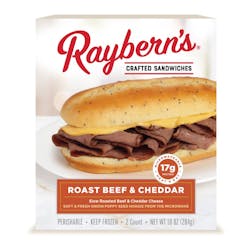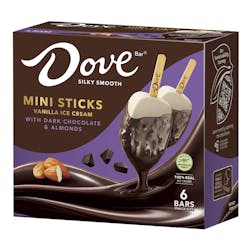"'Food Elitist or Food Realist? Consumers are picking sides in the food culture war," said Bill Melnick, director of Strategic Planning for leading shopper communications agency SAI Marketing, Inc. describing how food has become a class marker of the highly-educated, upper-middle class consumer.
SAI reports that as the fragmentation of the mass market continues unabated, food has become the latest front as Americans continue to find ways to define themselves as separate and unique from their fellow citizens. The various dimensions of social class and culture have had a profound influence on food usage and consumption preferences in society. In explaining the urgency of speaking to shoppers through the lens of their food context, Melnick—who led iconic branding efforts at CNBC, Vanity Fair and Merrill Lynch, points to a food culture divided into two Americas. High-status classes tend to value and eat more exotic foods created by highly skilled artisans in small quantities from around the world. The more mainstream consumer tends to gravitate toward traditional hearty meals, heavy in starch and fat, and generous in portion size. These eating behaviors define the divide that exists in the consumer marketplace..
In A Country Divided by Palate and Passion: How America Eats, which is scheduled for publication this week, SAI examines and defines the characteristics that play a role in placing consumers on either side of the divide. To that end, SAI has defined the segments as thus:
The Food Elite:
College educated high earners representing about 16 percent of all households. To this group, food has become their primary luxury purchase living a largely post-acquisitive lifestyle. Their food style is driven by natural/organic ingredients, authenticity as defined by knowing a food's place of origin, simplicity, heritage, endless consumption of food media and shopping at retailers that understand the foodie lifestyle.
The Food Realist:
This group comprises the remaining 84 percent of households. The concept of food as a luxury item is totally alien to this group. For this group, their food choices are more pragmatic in nature and are more rooted around family and tradition. They are more likely to eat traditional and conventional foods often based on long held communal rituals.
Specific recommendations for incorporating these insights as to how each of these segments approaches product purchase decisions into food marketing strategies, as well as a more in-depth exploration of food culture and its ramifications, can be found in the full How America Eats report, available for downloading at no cost at www.saimarketing.com by clicking on the Insights tab.




